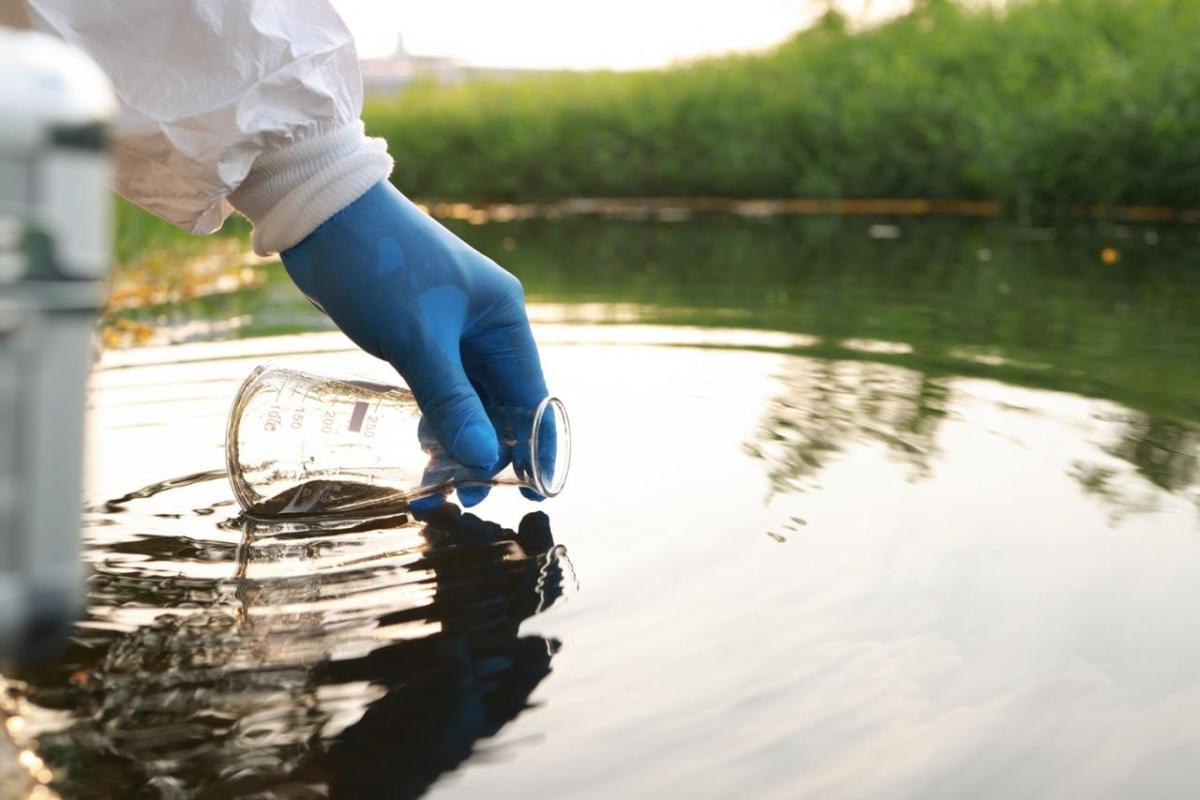Breaking Down the EPA’s PFAS Regulations: What You Need To Know Now

The U.S. Environmental Protection Agency (EPA) continues to roll out crucial regulatory updates to address environmental and public health concerns posed by per- and polyfluoroalkyl substances (PFAS). With growing awareness of the long-term effects of these “persistent chemicals," the EPA is taking measures to mitigate PFAS contamination.
These and other PFAS regulations being enacted around the world are calling for businesses to take a more proactive stance on their awareness and risk management of PFAS in their operations, or risk facing potential regulatory and legal repercussions for non-compliance.
Beyond the legal and financial considerations, adherence to PFAS regulations also plays a significant role in corporate social responsibility initiatives. Businesses that remain vigilant and adaptable to PFAS regulatory changes are better positioned to comply with future regulatory changes, as well as demonstrate their commitment to environmental stewardship and public health.
To help you stay up to date on these changing regulations, we’ve created this guide to reflect new developments in the EPA’s PFAS regulations.
Latest EPA Updates on PFAS Regulations
Designation of PFOA and PFOS as Hazardous Substances (April 2024)
On April 19th, 2024, the EPA finalized the designation of perfluorooctanoic acid (PFOA) and perfluorooctanesulfonic acid (PFOS) – two of the most widely used PFAS chemicals – as hazardous substances under the Comprehensive Environmental Response, Compensation, and Liability Act (CERCLA).
The new designation means companies are now required to immediately report any releases of PFOA and PFOS that meet or exceed reportable quantities. Reports must be made to the National Response Center, state or Tribal emergency response commission, and the local or Tribal emergency planning committee (local emergency responders).
For more details, please refer to: Designation of PFOA and PFOS as CERCLA Hazardous Substances
Existing EPA PFAS Actions and Regulations
National Primary Drinking Water Regulation for PFAS (April 2024)
The rule establishes the first-ever national legally enforceable drinking water standard for six PFAS compounds.
Key provisions include setting maximum contaminant levels (MCLs) for PFAS compounds in drinking water, implementing monitoring requirements, and providing guidance for water utilities to comply with the new standards.
For more details, please refer to: National Primary Drinking Water Regulation for PFAS
PFAS Enforcement Discretion and Settlement Policy Under CERCLA (April 2024)
The EPA has issued a separate CERCLA enforcement discretion policy, clarifying the EPA’s enforcement focus on the parties most responsible for the release of PFAS chemicals into the environment. This includes manufacturers of PFAS and parties that use PFAS in their manufacturing process, as well as other federal and industrial parties.
For more details, please refer to: PFAS Enforcement Discretion and Settlement Policy Under CERCLA
Updated interim guidance on PFAS destruction and disposal (April 2024)
The EPA updated their interim guidance on the destruction and disposal of PFAS-containing materials. This update offers guidance on effective methods of remediation, disposal, and destruction of PFAS contaminated materials.
Based on current scientific research, this revision shares information about the use of large-scale capacity technologies used to destroy or control PFAS release into the environment: thermal destruction, landfills, and underground injection.
Decision-makers can use this guidance to select the technology that works best for their needs.
For more details, please refer to: Interim Guidance on Destroying and Disposing of Certain PFAS and PFAS-Containing Materials That Are Not Consumer Products
New Use Rule for Inactive PFAS (January 2024)
This significant new use rule (SNUR) enhances the regulation of PFAS by prohibiting the resumption of manufacture or processing of inactive PFAS without EPA review of the significant new use.
The SNUR applies specifically to PFAS listed as "Inactive" on the Toxics Substances Control Act (TSCA) Inventory, referring to substances that have not been manufactured or processed in the United States since June 21, 2006. Entities intending to manufacture or process any of the 329 PFAS compounds covered by the rule must submit a Significant New Use Notice (SNUN) to the EPA and comply with any applicable requirements resulting from EPA review.
For more details, please refer to: Risk Management for Per- and Polyfluoroalkyl Substances (PFAS) under TSCA
Learn how the experts at Antea Group can help your organization with the detection, remediation, and risk management of PFAS chemicals and contaminated materials.

